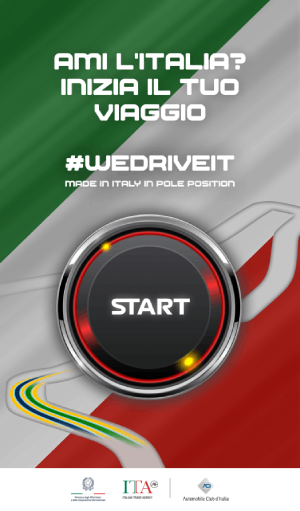 by Velia Iacovino
by Velia Iacovino
When the Tigrinos are about to capitulate, when this minority that has held the entire Horn of Africa in check for years is on the verge of an end, invariably their propaganda machine is set in motion, which, by waving the humanitarian issue, attempts to divert attention from reality. A narrative that has an easy grip on the international media but does not tell the truth. The truth is that we should be at the end. In Pretoria, South Africa, peace talks have begun between representatives of the Ethiopian government and the Tigray People’s Liberation Front, negotiations that are complex and difficult to bring to a successful conclusion, not least because after a dramatic military confrontation, the Tigreans now seem one step away from capitulation.
This between Ethiopians and Tigreans is an age-old power struggle made up of many painful stages. The last one was in November 2020, when in the midst of the Covid emergency, while the entire planet came to a standstill, the TPLF rebelled against the central government, ”guilty” of having postponed the elections (which were then held in 2021) because of the lockdown, and stormed its military posts, calling for regional consultations on its own. This aggression, accompanied by a series of constitutional violations, triggered a devastating conflict that claimed thousands of victims and caused a huge economic and humanitarian crisis, which only now the world’s great powers seem to be realising, rhetorically flaunting misleading parallels with the war between Ukraine and Russia. I
The deadline for the negotiations, brokered by an African Union team, led by Nigeria’s former president Olusegun Obasanjo, supported by Kenya’s former leader Uhuru Kenyatta and South Africa’s former vice-president Phumzile Mlambo-Ngcuka, has been set for 30 October. But it is almost impossible to find a solution in such a few days, also because, as we said, the Tigreans militarily seem to be one step away from collapse. The situation is in fact much more complex than it appears. If on the one hand there is in fact the dream of peace, which seemed to be able to materialise into a real political project, of Abiy Ahmed Ali, the young Ethiopian prime minister, Omoro by origin, elected prime minister in 2018 and reconfirmed in his post by last year’s vote, determined to transform the country into a true nation, united, democratic and modern, able to finally leave behind tribal and ethnic divisions and enter the future, and ready to work with Eritrea for stability in the Horn of Africa, which is why he also won the Nobel Prize.
On the other hand there is a faction, the Tplf, a minority in Ethiopia, but which for years has kept not only the executive but also its own people in check with its threats and pressure, and which today continues to condition and destabilise the entire area. It is a group that refuses to support the new pan-Ethiopian path indicated by Abiy and his Prosperity Party, and that has in fact relegated itself to the opposition, losing sight of the goal of improving the lives of its own people and lending itself to becoming an instrument and pawn of other interests.
Interests that primarily involve Sudan and Egypt, two countries often accused of being behind attempts to destabilise Ethiopia, and that revolve above all around the controversy over the great dam on the Blue Nile, the Renaissance Dam, whose turbines were activated last February by Ethiopia, effectively marking the start of the power station’s production phase and formalising Cairo’s loss of historic sovereignty over the Nile. Cairo has flatly rejected Abiy’s invitation to work together, and at the Water Forum held last June in Dakar closed the door on the possibility of a compromise.
The hope now is that the ongoing peace talks in South Africa will not be limited to Tigré, but will also boldly address the dam issue, which is behind this seemingly internal conflict. But above all, let Abiy’s dream become the dream of the whole of Ethiopia and the whole of Africa.
(Associated Medias) – All rights are reserved







